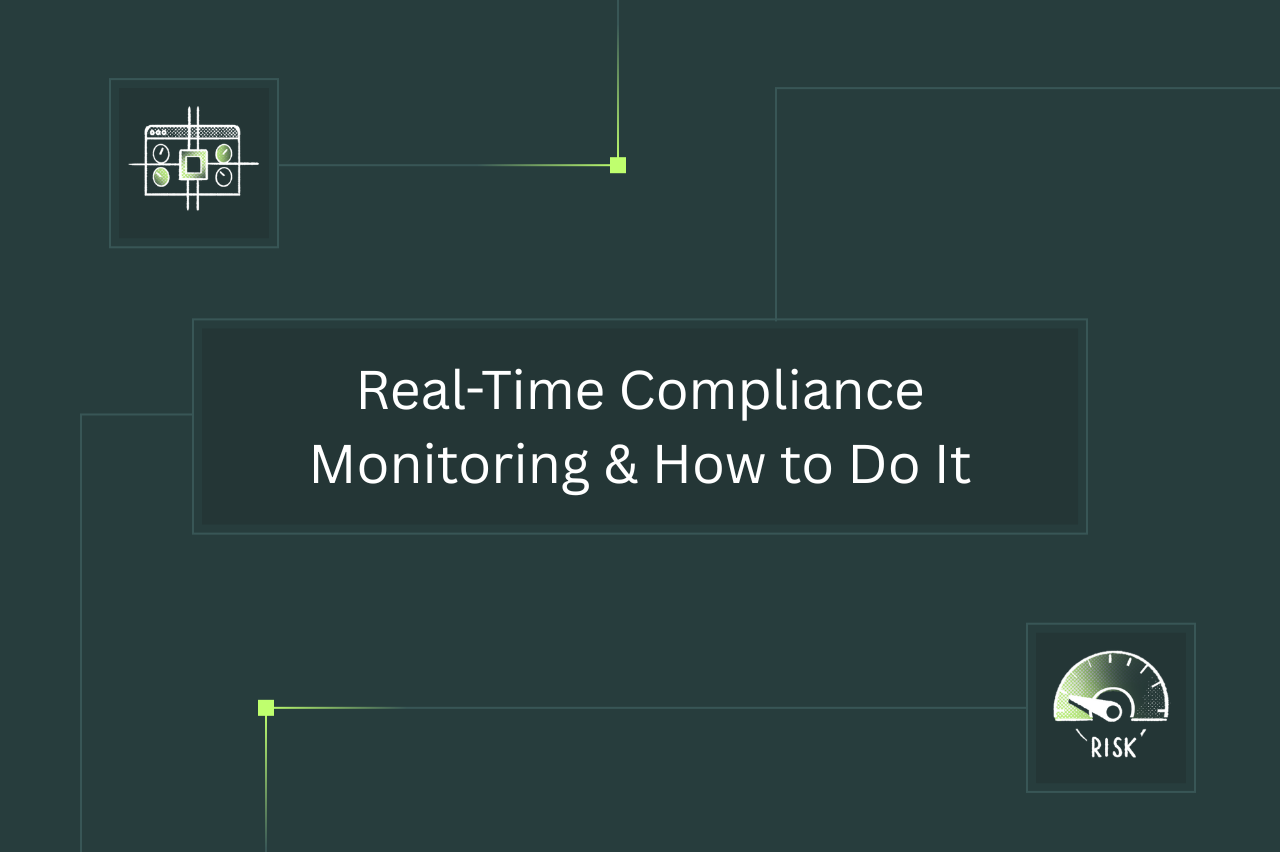When it comes to verifying businesses, older doesn’t always mean more trustworthy. A company that’s been registered for years — maybe even decades — tends to look like a safer bet than a brand-new startup. But that assumption simply doesn’t hold water when it comes to shelf companies.
These dormant entities, once established for legitimate reasons, are increasingly sold to bad actors who want to appear credible on paper. Their appeal lies in the appearance of stability, even when there’s no real business behind the name. For fraud and risk teams, that creates a dangerous blind spot.
What shelf companies are and why they’re risky
Shelf companies are legitimate legal entities that sit dormant for years. Later, they’re “revived” and sold to individuals or groups who want to quickly establish credibility. This can happen when an incorporation service or intermediary sells inactive, “aged companies.” Once purchased, the new owner updates the company’s records, often changing directors, addresses, or bank accounts to reactivate it.
With years of registration history, a shelf company can allow its new owner to bypass basic checks and open bank accounts, apply for loans, or onboard to financial platforms with less scrutiny.
Not all shelf companies are used for fraud. But, for bad actors, shelf companies do come with advantages:
- Instant legitimacy: Age (on paper) can reduce suspicion, especially when KYB programs overvalue incorporation dates.
- Obscured ownership: Shelf companies often use nominee directors or registered agents, making it harder to see who actually controls the entity.
- Access to financial services: With the appearance of a long-standing record, fraudsters can more easily gain accounts, credit, and payment capabilities.
It’s no surprise that 77% of organizations say they struggle to detect shell or shelf companies tied to sanctioned individuals, per the 2025 Liminal Link Index.
Why traditional KYB falls short
Most Know Your Business (KYB) programs still rely heavily on static data such as incorporation records, registration details, and EINs. Those checks were designed for a different era — when having the right paperwork was enough.
But, as fraud tactics evolve, traditional KYB methods can miss key risk indicators, such as:
- Dormancy: A company with no employees or operations can look “low risk” if the system only looks at age.
- Sudden changes: Registration data doesn’t capture ownership transfers, new addresses, or rapid changes to business activity.
As Jules Mei, Product Operations at Middesk, explained in a recent BEV Break webinar about shell and shelf companies: “Everything might look great on paper, but the operations are either fake or non-existent.” Traditional KYB only checks registration details, but the real risk lies in proving whether a business is genuinely active.
Better indicators of legitimate business customers
The key to spotting shelf companies is to look beyond age and static records. Smarter signals can reveal whether a business is actually operating. These include:
- Registry events: Watch for sudden changes in ownership, directors, or addresses that suggest a dormant entity has been revived.
- Operational activity: Tax filings, payroll data, and liens can show whether a company has been active in recent years.
- Digital footprint: A legitimate company is likely to have a website, customer reviews, and domain activity consistent with its claimed age.
- Network linkages: Connections to known fraudsters, suspicious agents, or repeat addresses can flag higher risk.
These are the kinds of signals that fraud teams increasingly rely on and that fraudsters can’t easily fake.
Why ongoing monitoring matters
Even with stronger onboarding checks, some shelf companies will slip through the cracks. The real risk often emerges months later, when fraudulent activity begins.
In fact, 82% of organizations lack the models or expertise to detect synthetic identities in beneficial ownership verification, according to the 2025 Liminal Link Index. That gap makes ongoing monitoring essential.
Key post-onboarding risk signals include:
- Sudden spikes in account activity from a previously dormant company
- Circular fund transfers that suggest money laundering
- Ownership changes that can obscure who’s really in control
Without continuous monitoring, these risks can go undetected until losses pile up or regulators start asking hard questions.
How to strengthen your business verification program
Fraud and compliance leaders can stay ahead of shelf company abuse by upgrading their business verification programs. That means:
- Expanding beyond incorporation data: Look at payroll, tax, web, and network signals to validate activity.
- Automating alerts: Flag suspicious changes in ownership or address history in real time.
- Segmenting by risk: Apply enhanced checks where risk signals exist, while keeping friction low for legitimate businesses.
- Closing the lifecycle loop: Treat business verification as an ongoing process, not a one-and-done box to check.
This shift isn’t just about compliance. Organizations that can quickly approve legitimate businesses while filtering out fraudulent shelf and shell companies will build trust, accelerate onboarding, and avoid costly fraud.
Stay ahead of shelf company fraud
For new businesses trying to access your platform, age is not a guarantee of legitimacy. Shelf companies can take advantage of outdated assumptions and processes, but with the right data signals and monitoring in place, your risk teams can close those gaps before any harm is done.









